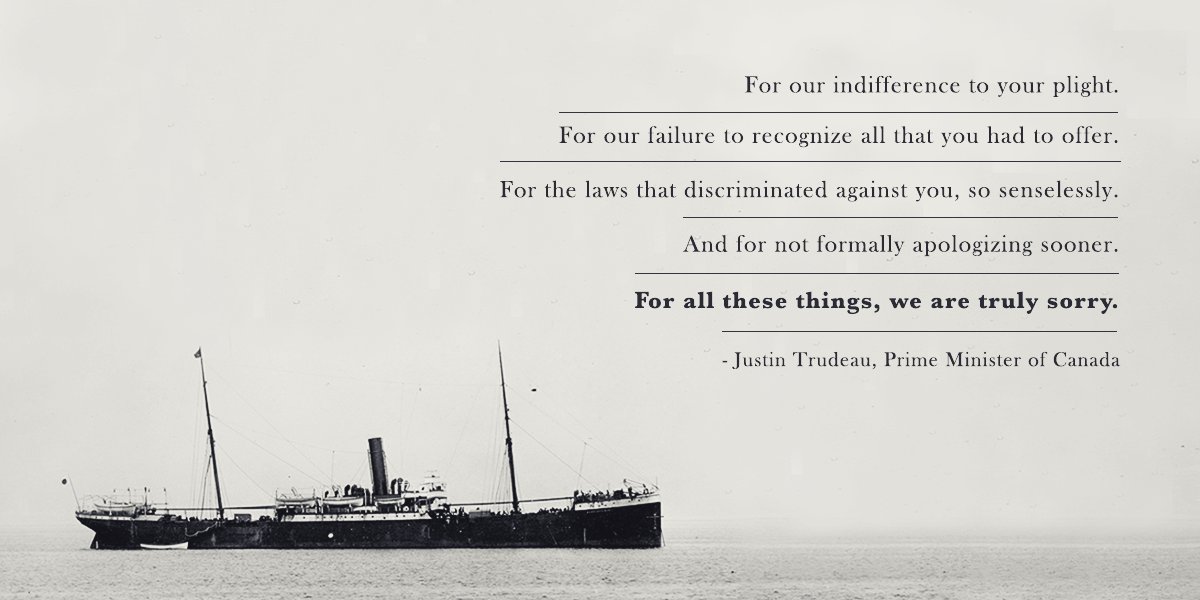Shining light on an Era of
Darkness
Shivanand Kanavi
Aleph Book Company 2016
Shashi Tharoor whose brilliance enchanted over 3 million
people on YouTube with his debating skills at an Oxford Union debate continues
in the same vein in his new book "An era of darkness".
Essentially the debate was about whether colonialism was
good or bad. It may seem anachronistic and even cruel for the victims of Colonialism
in Asia, Africa and Latin America that such thing can even be debated. But
anything can be debated in public school debating clubs of UK ! In the English
tradition all these schools prepare you for a legal or a parliamentary career
where you could argue either way on any issue depending on the context. Many of
our own parliamentarians are trained in the same tradition and argue
brilliantly in Indian courts as well as in the Indian Parliament and we can see
them hold forth brilliantly on the pro of a policy and equally brilliantly on
the cons of it depending on whether they are in the treasury benches or in the
opposition, inducing inevitable cynicism.
However the sincerity of Tharoor in arguing that British
colonialism did inestimable all sided harm to India shows through this tome
where he marshals literally hundreds of facts (well organised quotes run into
nearly 300). His passion for the subject comes through every page, his sardonic
tone and twist of the English phrase even while cursing the power that imposed
English language with "Tommy jackboots" hits the reader with a
genuine force.
Along with accolades from Indians in all walks of life,
including PM, Narendra Modi, Tharoor got some feeble criticism as well after
his short Oxford Union talk. That has prepared him for much more disdainful and
patronising vitriol from apologists of British colonialism. All his arguments
and quotes seem to be in preparation of that assault. He does not leave any
leaf unturned in his endeavour including the Tea leaves of Assam, Bengal and
Oooty.
In fact the topics he chooses to argue include the whole
gamut of issues which are normally quoted as "gifts" of two centuries
of British rule over India: good governance, English sense of fairplay, Austinian
judicial system, Railways, social reform of Hindu society, Cricket, Tea and
even the English language. He tears them up one by one with profuse facts and
anecdotal quotes from largely British and other Western sources.
Some of the insights he provides are important for colonial
studies. He points out that the public finance in pre-colonial India was based
on taxing trade where as the British themselves being traders made a drastic
change and made agriculture and land revenue the focus, (and even called their
chief district level representative: Collector) thereby causing immense
hardship to peasantry. He traces the creation of the landless peasant and the
increased dependence of large segment of the population on agriculture for
livelihood due to the destruction of artisans and manufacture and also large
scale man made famines under colonialism.
In these days when corruption, its roots and elimination often
becomes a matter of public discussion he narrates its massive rise due to the
practices of the East India Company and its officers.
He makes an astute observation that despite historical
animosities between England and Scotland a compact was established to include
Scotland into the United Kingdom ( though initiated by a fudged parliamentary
vote in 1707) by promising plum positions for Scots in colonial India. That
explains the unusually large proportion of Scots in the administration and the
army in India. Twisting the knife further he adds that perhaps the loss of this
income from India into Scottish homes is leading to disenchantment and fueling
separatism in Scotland !
His remarks on the creation of a decadent gentry of Rai Bahadurs
and Diwan Bahadurs and even the more abhorrent profligate and promiscuous Princes
replacing the older far more grounded aristocracy are insightful.
Besides going into the financing of Indian Railways and how
gold plating was done by many an English investor assured of guaranteed returns
and how Railways during construction and later were used to drain the Indian
economy and increase the national debt, Tharoor makes an important point that
in the operational finances of Railways it was the third class passengers
traveling in sub human conditions that subsidised freight and the first class !
His discussion of British communal divide and rule as well
as re-imposition of caste inequalities through the Gentoo Code under Warren Hastings
and in the post-1857 construction of colonial state are extremely important but
often forgotten in the modern Indian discourse on communalism and casteism.
It is an enjoyable read, passionately written smooth in flow
while being richly cross referenced. The blemishes are few. Note worthy ones
are his quoting Marx completely out of context to show purportedly that Marx
supported British colonialism in India which is contrary to facts; and frequent
comparisons of genocidal massacres under British with unsubstantiated figures
of deaths caused supposedly by Stalin etc. Perhaps we can ascribe it to his
anxiety towards taking a swipe at his leftist political rivals in his parliamentary
constituency in Kerala.
Other weakness of the "Era of Darkness" is total
neglect of the role of Ghadar revolutionaries, Bhagat Singh and his comrades
and even the war of Independence --the Great Ghadar of 1857, chronicled as the
biggest war of 19th century world, and the colonial tactics of chicanery and
brutality employed by British, while Tharoor does bring out such facets from
the rest of colonial history.
I would recommend every young Indian to read this book to
get a perspective of our colonial past in the present day mesmerising euphoria
of the global village in spite of Trump.
-------------------------------







